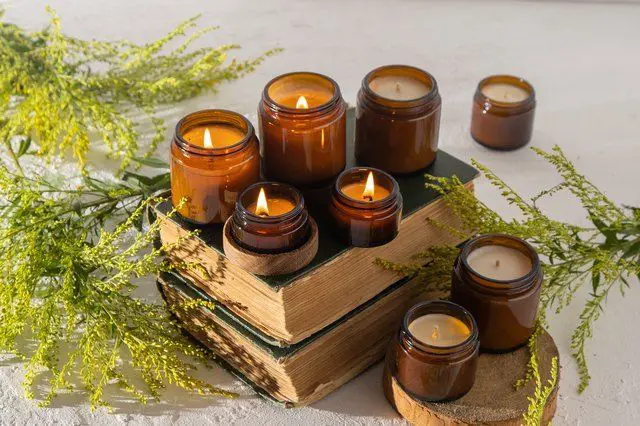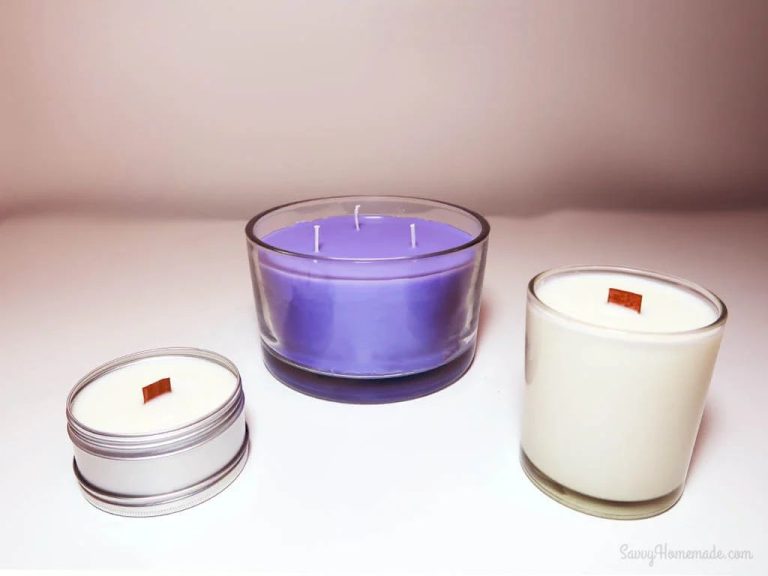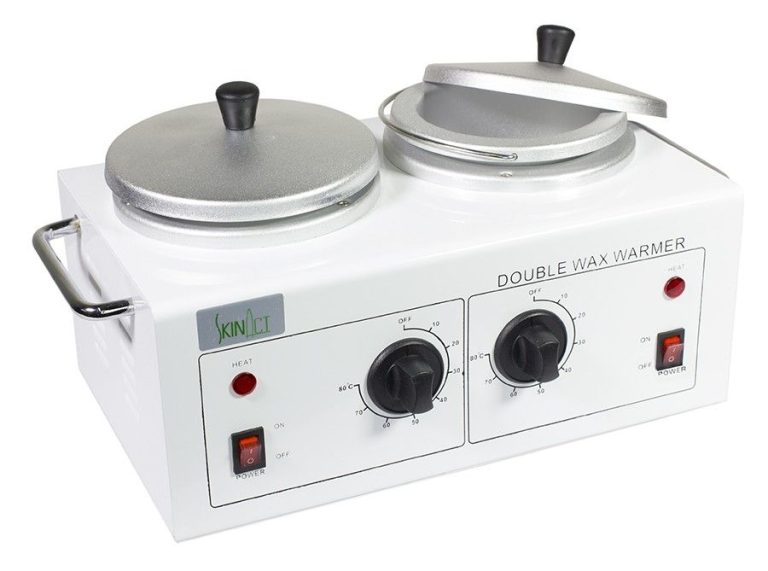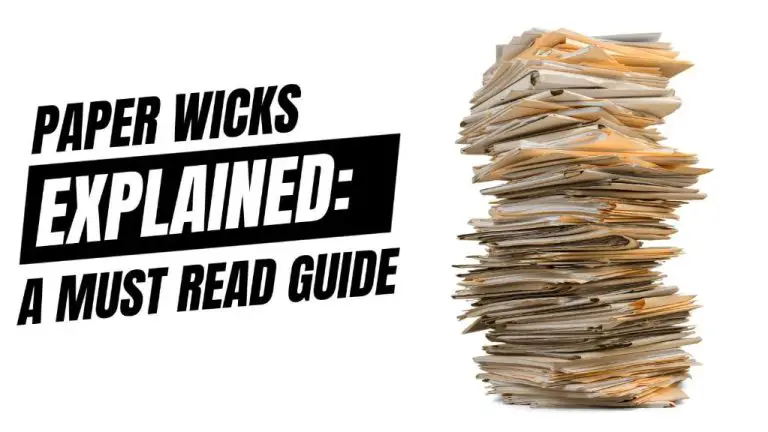How Do You Make Sage And Lavender Smudge Stick?
Smudging is a ceremonial practice that has been used for centuries by many Indigenous cultures around the world, including First Nations and Native American tribes. It involves burning sacred plants such as sage, sweetgrass, cedar, and tobacco to produce a cleansing smoke that is wafted around with feathers or hands. The smoke is believed to purify negative energies, repel bad spirits, clear the air and aura, and promote physical and spiritual wellbeing.
According to the Canadian Encyclopedia, “Smudging is a vital part of Indigenous culture. The smoke from the smouldering herbs is believed to uplift prayers to the Creator. Smudging reminds the people of the connection and balance they share with all living things.” (Source)
Smudging is often done in sacred ceremonies, at the start of important gatherings, or to cleanse a new home. The practice connects people with tradition and spirituality. This article will provide a complete guide on harvesting, drying and making sage and lavender smudge sticks.
Benefits of Sage
Sage has many beneficial properties, but two of the main benefits of burning sage are its purifying and cleansing energy abilities. Studies show that burning sage can release negative ions that cleanse the surrounding air of bacteria, mold, and other allergens. The ritual of burning sage is thought to spiritually cleanse a space of negative energy. According to traditional beliefs, the smoke attaches itself to negative energy and as the smoke clears it takes the negative energy with it, leaving behind a purified space with positive energy. Some people believe that regularly burning sage can help dispel negative thoughts and feelings. Sage is also sometimes burned after an illness to help purify a space and prevent the spread of bacteria. Overall, sage is revered for its purifying and cleansing properties, both physically and spiritually.
Sources:
https://www.healthline.com/health/benefits-of-burning-sage
https://greatist.com/live/burning-sage-smudge-stick
Benefits of Lavender
Lavender is well known for its calming and relaxing properties. The scent of lavender can lower heart rate and blood pressure, helping to relieve anxiety and stress. Lavender essential oil has been found to reduce symptoms of anxiety and improve sleep quality in people with insomnia (1).
One study showed that inhaling lavender essential oil for 60 minutes prior to bed increased slow-wave sleep and decreased rapid-eye movement sleep in women and young men. This led to increased morning alertness and improved quality of sleep (2).
Lavender can also help ease anxiety. Smelling the aroma of lavender essential oil has been found to significantly reduce anxiety levels compared to placebo. The calming effects of lavender may also help alleviate emotional stress and symptoms of post-traumatic stress disorder (3).
In addition to mental health benefits, lavender essential oil may reduce pain from tension headaches, migraines, and osteoarthritis. Massaging lavender oil into the temples and forehead can provide natural migraine relief (4).
Overall, lavender is valued for its peaceful and calming fragrance that can promote relaxation and alleviate stress and anxiety.
(1) https://www.healthline.com/health/what-lavender-can-do-for-you
(2) https://www.everydayhealth.com/diet/what-are-possible-benefits-lavender-must-know-facts-about-therapeutic-plant/
(3) https://health.clevelandclinic.org/health-benefits-of-lavender
(4) https://www.healthline.com/health/what-lavender-can-do-for-you
Supplies Needed
The main ingredients you’ll need for making a sage and lavender smudge stick are:
- Sage – This cleansing and purifying herb is commonly used in smudging. Choose fresh or dried white sage, which can be found at many nurseries, herb stores, and online. Gather a bundle of at least 15 stems.[1]
- Lavender – Known for its calming properties, dried lavender flowers or sprigs complement the sage. You’ll need 4-5 sprigs or flower bundles.[2]
- String/Ribbon – Cotton twine, hemp string, or natural raffia ribbon will be used to tie the bundle. Make sure it’s about 12-15 inches long.
- Scissors – Scissors make easy work of cutting the string to size.
Other optional herbs like rosemary, thyme, cedar, and sweetgrass can also be added. Make sure any plant materials you use are thoroughly dried first.

Harvesting the Herbs
The best time to harvest sage is in the early summer, before the plant flowers and goes to seed. Look for sage plants that are at least a year old. Use scissors or pruners to cut 6-8 inches from the tips of the stems https://prairieedge.com/tribe-scribe/how-to-harvest-sage-for-smudging/. It’s important not to strip the entire plant when harvesting. For lavender, harvest when about half the flowers on each stem have opened. Cut lavender stems just above the leaves or where they branch off from the main stem, using pruners or scissors. The ideal time is on a dry, sunny day in mid to late morning after any dew has evaporated https://www.weedender.com/harvesting-and-drying-sage-for-smudge-sticks/.
Drying the Herbs
To get your smudge sticks ready for use, the sage and lavender need to be dried thoroughly. The best way to dry the herbs for smudging is through air drying. Air drying allows the moisture to evaporate from the herbs slowly, which helps retain their aromatic oils and properties.
To air dry the herbs, gather 3-4 stems together and tie them into small bundles using cotton string, twine or embroidery floss. Make sure the bundles aren’t too tight – you want air flow between the stems. Hang the bundles upside down in a warm, dry, well-ventilated area out of direct sunlight. A garage, attic or shed are good locations. You can also place the bundles on screens or wire racks. Allow the herbs to dry completely for 1-2 weeks before using them or storing for later.
According to WikiHow, air drying is generally the best method if you want to make your own smudge stick and burn the sage to cleanse negative energies. Tying the bundles and hanging them to dry helps retain the shape and burn properties of the herbs (source).
Once fully dried, you can choose to leave the herbs in bundles or remove the string and crumble the leaves for storage. Keep in mind that whole bundles are easier to burn. Properly stored, dried sage can last up to a year before it loses its aromatic properties.
Making the Bundles
After the herbs have dried, it’s time to make the individual bundles. Start by placing your dried herbs on a clean surface and arranging them into a bundle shape. Make sure the stems are lined up evenly. For sage smudge sticks, a bundle that is around 4-6 inches long and 1-2 inches in diameter works well. The bundle should be tight enough so it holds its shape, but loose enough that air can circulate through it.
According to this tutorial video, the next step is rolling and wrapping the bundle. Use cotton string, twine, or ribbon to tightly wrap the base of the bundle. Start with a secure knot. Then, continue wrapping the string or twine around the bundle from bottom to top, crisscrossing and overlapping as you go. Wrap in a spiral towards the top of the bundle. According to this DIY guide, once you reach the top, wrap back down towards the base, continuing to crisscross the string. Wrap over the initial knot at the base to secure.
Drying the Completed Bundles
After the bundles are tied together, they will need additional drying time before they can be used. According to How to Make Sage Bundles for Smudging, the completed bundles should be hung upside down in a dry, dark, and warm area for around 2 weeks to thoroughly dry out. Proper drying is crucial to prevent mold growth. Hang the bundles in a place with good airflow but away from direct sunlight. Check on the bundles periodically and rotate or flip them to ensure even drying. The bundles are ready to use when the stems snap instead of bending and the leaves stay intact when crumbled.
According to How to Harvest and Dry Sage for Smudging, expect the drying process to take about 1-2 weeks total. The bundles should feel lightweight and crumble easily when fully dried. Don’t rush this process, as any remaining moisture can ruin the bundles. Patience ensures the herbs retain their aromatic oils and produces a quality, long-lasting product.
Using and Storing
When you are ready to use your sage and lavender smudge stick, hold it over a flame or ember to catch it on fire. Make sure to hold it horizontally to allow oxygen to flow and encourage an even, slow burn. Gently blow or fan out any flames so just the herbs smolder and smoke. Be very careful not to burn yourself in the process.
Hold the smoldering end of the smudge stick or use a smudge fan or feather to direct the smoke where you want it to flow. Slowly move the smudge stick in a clockwise, circular motion around yourself or the space you are cleansing. Use an even pace and remain focused on your intention to clear stagnant energy and bring in positive vibrations. According to this source, you can use your other hand to fan the smoke towards yourself as you direct the smudge stick.
Once you are finished smudging, make sure to fully extinguish any embers by pressing them into a heat safe dish or on the ground. Allow the smudge stick to burn out completely and cool before handling.
Store unused sage and lavender smudge sticks in a cool, dry place away from direct sunlight, humidity, and heat, as recommended by this source. An ideal storage place is a drawer, cabinet, or closet. Smudge sticks can last up to a year with proper storage and care.
Recipes and Variations
There are many recipe variations when making smudge sticks. While sage and lavender is a popular combination, other herbs can be used as well.
Some other herb combinations include:
- Sage, cedar, and sweetgrass (Source)
- Rosemary, thyme, and lavender (Source)
- Sage, rosemary, and mugwort (Source)
Essential oils can also be added for additional aromatic qualities. Some commonly used essential oils are lavender, eucalyptus, lemon and orange. Add a few drops of essential oil to the herbs while making the bundles.
Experiment with different herb and oil combinations to create custom smudge stick recipes.






